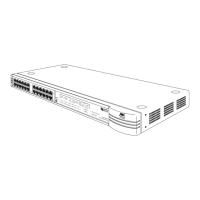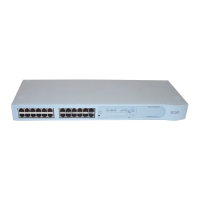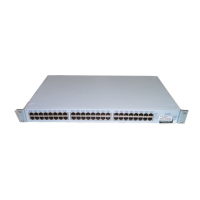204 C
HAPTER
10: RMON
What is RMON?
RMON is the common abbreviation for Remote Monitoring, a system
defined by the IETF that allows you to monitor the traffic of LANs or
VLANs remotely.
A typical RMON setup consists of two components:
■
The RMON probe
— An intelligent, remotely-controlled device or
software agent that continually collects statistics about a LAN
segment or VLAN, and transfers the information to a management
workstation on request or when a pre-defined threshold is crossed.
■
The management workstation
— Communicates with the RMON
probe and collects the statistics from it. The workstation does not have
to be on the same network as the probe and can manage the probe
by in-band or out-of-band connections.
The RMON Groups
The IETF define nine groups of Ethernet RMON statistics. This section
describes these groups, and details how they can be used.
Statistics
The Statistics group provides traffic and error statistics showing packets,
bytes, broadcasts, multicasts and errors on a LAN segment or VLAN.
Information from the Statistics group is used to detect changes in traffic
and error patterns in critical areas of your network.
History
The History group provides historical views of network performance by
taking periodic samples of the counters supplied by the Statistics group.
The group is useful for analyzing the traffic patterns and trends on a LAN
segment or VLAN, and for establishing the normal operating parameters
of your network.
Alarms
The Alarms group provides a mechanism for setting thresholds and
sampling intervals to generate events on any RMON variable.
Alarms are used to inform you of network performance problems and
they can trigger automated responses through the Events group.
